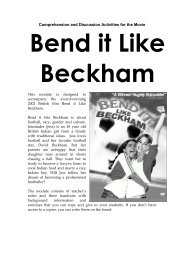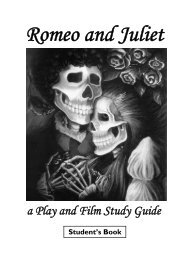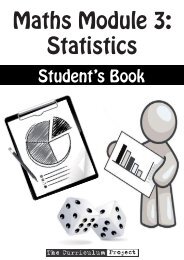Download - The Curriculum Project
Download - The Curriculum Project
Download - The Curriculum Project
You also want an ePaper? Increase the reach of your titles
YUMPU automatically turns print PDFs into web optimized ePapers that Google loves.
B. In pairs, students describe their friends to their partner, and their partner identifies the friends.If the descriptions are accurate, the partner should be able to identify the friends easily.Otherwise, the partner will be walking around the bus stop saying, ‘Excuse me, are you (MaungMaung)?’ until the correct person is identified!C. Discuss what would happen if this was a real situation – students have to identify some people theyhave never met. What would they say? Build up a list of possible phrases on the board.Possible answers:Excuse me, are you ________? (This is polite and easy.)Hello, I’m _________, ______’s friend. Are you _________?4. Grammar: More about AdjectivesThis section takes a closer look at adjectives:• the difference between adjectives of state and adjectives of manner• adjectives formed from participles (-ed and -ing forms)4.1 Manner and state adjectivesRead the introduction, and clarify anything students don’t understand.A. Students look at the adjectives in the box and classify them into manner and state adjectives.Answers:Manner: angry, drunk, annoyed, terrified, confused, pleased, nervous, boredState: intelligent, selfish, corrupt, honest, unreliable, interesting, handsome, friendlyPoint out that character and appearance adjectives are usually state adjectives, as your appearanceand character don’t change that quickly (with some exceptions). Adjectives expressing feelings arenormally adjectives of manner.B. Students think of four adjectives of state that could describe a good or bad leader or student. <strong>The</strong>y canuse the words in A and also different ones.C. Each student thinks about good and bad leaders they know, or good and bad students. <strong>The</strong>y tell theirpartner about them (they don’t have to say their name). <strong>The</strong>y can use the adjectives in A but they canalso use other adjectives, and other information.Get a few students to tell the class.4.2 Husbands and wivesThis section provides extra practice of adjectives and speaking fluency. If you are short of time, you canskip it.A. Students make two lists: one list of the five most important qualities in a wife, one for the five mostimportant qualities in a husband. <strong>The</strong>y don’t have to use only adjectives – there are some examples ofother structures in the module.With this activity, it is useful to make sure students are only using English.B. Students work in pairs, and negotiate lists for their pair.C. Each pair joins with another pair, to form groups of four. Groups negotiate group lists.D. Have a class discussion. Negotiate a class list. Discuss the differences and similarities in the lists forwives and husbands.30 UNIT 10


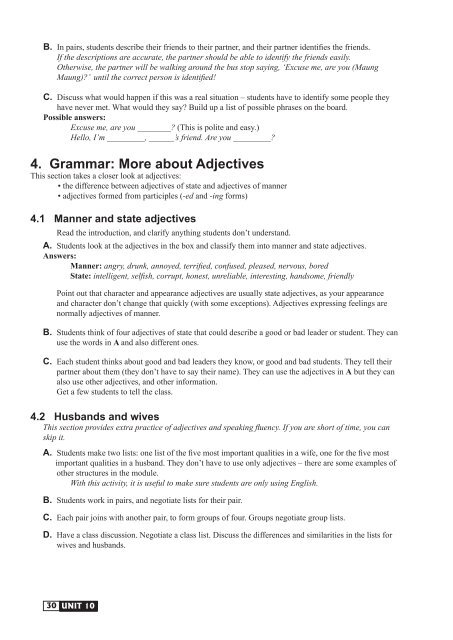
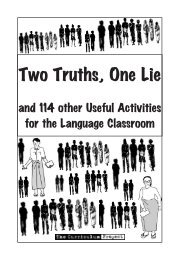


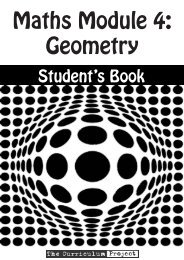

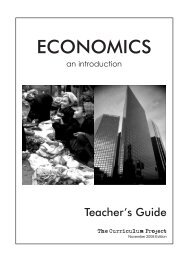
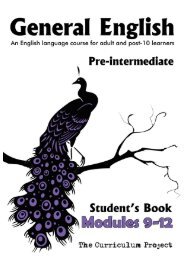


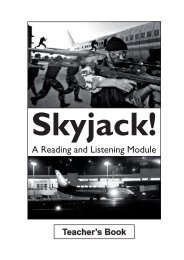
![[Eng] Nov 2012 DRAFT - The Curriculum Project](https://img.yumpu.com/45590859/1/184x260/eng-nov-2012-draft-the-curriculum-project.jpg?quality=85)
